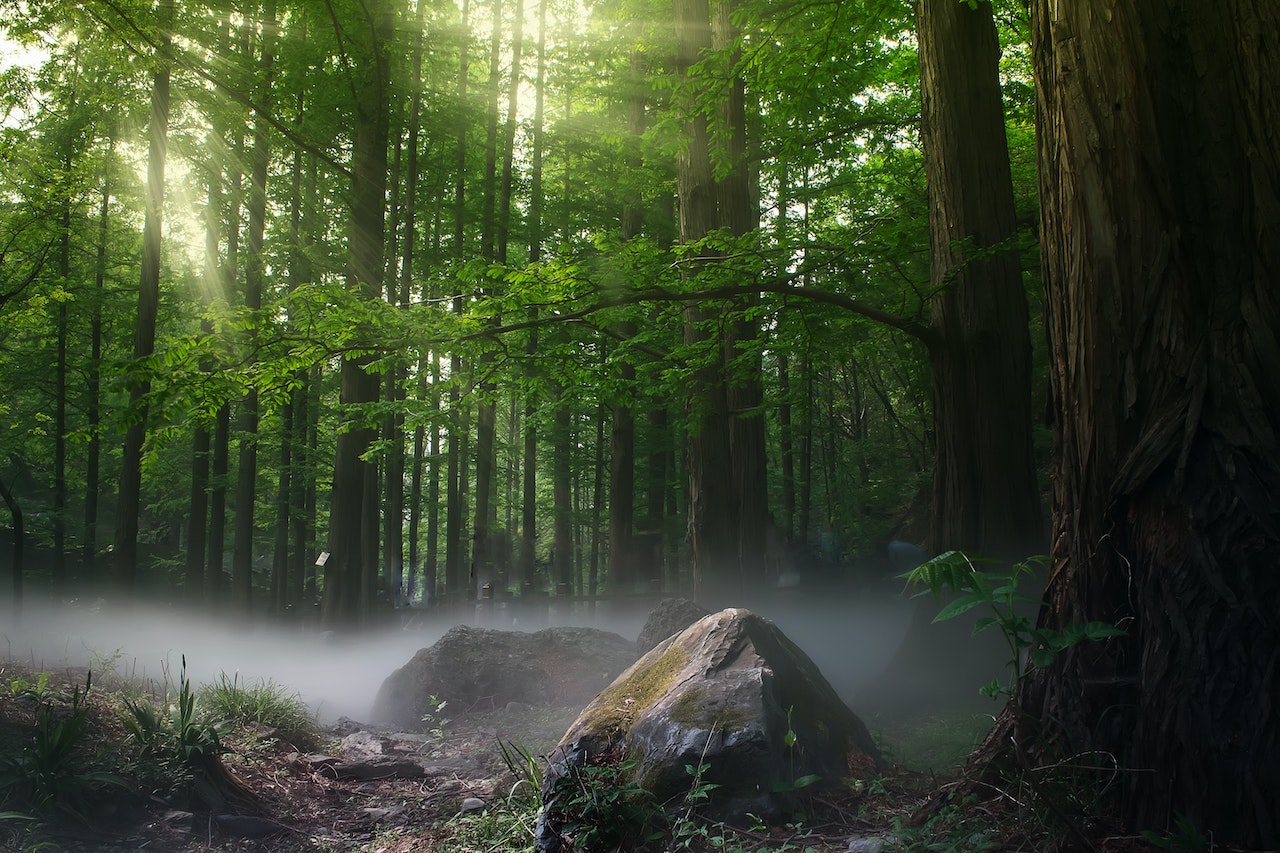This post was originally published on Healthy Forest
The Equal Access to Justice Act (EAJA) was created with good intentions—to protect individuals and small businesses from being steamrolled by the federal government. Passed in 1980, EAJA was meant to level the playing field by reimbursing legal costs when citizens successfully challenged government overreach. But decades later, this once-noble law has become a tool for abuse. Well-funded anti-forestry groups now exploit EAJA to block the very forest management projects that communities and public lands desperately need.
Under EAJA, plaintiffs can recover attorney fees from the federal government when they prevail or settle in court. But here’s the catch: even a partial victory or procedural settlement can trigger these payments, regardless of the lawsuit’s broader merit or public benefit. Many environmental litigants have figured this out—and they’re profiting from it. By suing over fuel reduction and forest health projects, they collect taxpayer-funded attorney fees while obstructing active forest management under the guise of protecting the environment.
The Forest Service alone pays out an estimated $1 million per year in EAJA awards. Including other federal land and wildlife agencies, annual costs likely range from $2 to $3 million. These figures don’t account for the untold hours of agency staff time, lost productivity, or missed opportunities to implement science-based forest management. In fact, in some regions, more than half of annual land management budgets are now consumed by environmental analysis and litigation defense—rather than project implementation.

Watch: Highlights of the March 6, 2025 hearing for the Fix Our Forests Act in the Senate Agriculture, Nutrition and Forestry Committee. Chairman John Boozman (R-AR) and Sen. Adam Schiff question U.S. Forest Service Acting Associate Chief Chris French about the impacts of anti-forestry litigation on federal forest management, and why the Forest Service struggles to remove dead and dying trees after a wildfire. Click here to view video on YouTube.
|
Worse still, federal agencies are not even required to track where this money goes. Congress eliminated EAJA reporting requirements in 1995. A 2012 Journal of Legislation article found that EAJA has morphed from a legal backstop into a well-funded engine of obstruction. It documented how massive 501(c)(3) organizations routinely evade statutory limits on attorney fees, receive excessive awards, and litigate without having any direct financial stake in the outcomes. These lawsuits aren’t about protecting the environment. They’re about stopping management at all costs, regardless of the consequences for forest health, public safety, or rural jobs.
The Trump Administration has attempted to address some of these legal abuses through executive orders encouraging bonding requirements and stricter enforcement of court procedures. These are helpful first steps. But EAJA reform must ultimately come from Congress. Past legislative efforts—including the Government Litigation Savings Act and earlier versions of the Resilient Federal Forests Act—would have limited attorney fees, reinstated transparency, and required plaintiffs to post bonds when seeking to block forest projects. Those reforms were sensible then, and they’re urgently needed now.
Unfortunately, these provisions are missing from today’s key forestry proposals, including the Fix Our Forests Act. That should change.
EAJA was never meant to serve as a blank check for serial litigants. It was designed to ensure fairness, not to fuel a business model based on obstruction. Without reform, taxpayers will continue funding lawsuits that delay or derail the forest projects we so urgently need. It’s time to fix EAJA and return the law to its original purpose—protecting citizens, not empowering ideological anti-forestry groups.
Source: Healthy Forest





0 Comments